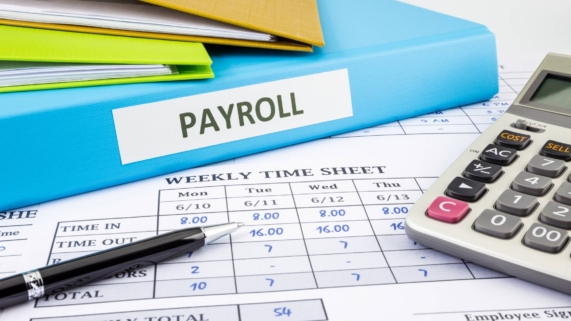Single Touch Payroll changes 2022
There have been changes to Single Touch Payroll (STP)
Employers are required to report additional payroll information now or once your payroll product is ready.
You need to start reporting additional information on or before each pay day — this is known as STP Phase 2.
STP Phase 2 started on 1 January 2022
Some Digital Service Providers (DSPs) need more time to update their payroll software products and transition users. If your DSP has a deferral, this covers you.
It’s important you understand which of the following circumstances apply to you:
- Your payroll product is ready — it’s time for you to start STP Phase 2 reporting now or have a plan in place to transition as soon as possible
- You are covered by a DSP deferral — know when your product will be ready and that you are ready to start Phase 2 reporting when it has been updated, or no later than the first payday after your DSP deferral expires:
- Xero 31/12/2022
- Your payroll product is not being updated to offer STP Phase 2 reporting — your DSP will let you know if they have another product you can use. If not, you’ll need to choose a product that offers STP Phase 2 reporting.
If you’re unsure as to which of these circumstances applies to you, speak with your provider or your BAS professional.
What you need to do
Many DSPs are releasing changes progressively. Your DSP will provide you with instructions so it’s essential that you follow them.
The ATO has compiled some resources to help business owners to understand the changes and prepare. These include a factsheet, checklist and detailed reporting guidelines which outline the STP Phase 2 reporting requirements. These can be accessed at ato.gov.au/STPresources.
The additional STP information is intended to help Services Australia customers, who may be your employees, get the right payment. It will also reduce the need for you to provide information about your employees to multiple government agencies.
Need extra time to transition?
You can apply for a delayed transition if you need more time to start STP Phase 2 reporting. Visit ato.gov.au/delayedstp2transitions to find out how to apply.
Source: ATO


